Some people assume that companion planting recommendations are all old wives’ tales, but in reality, this classic gardening hack could save your plot this season.
Companion planting is the process of planting certain combinations of plants together to provide a mutual benefit. There are all kinds of plants that work in harmony to help each other resist pests, prevent diseases, attract pollinators, or even take up nutrients.
It’s a practice that has been well-studied, too, so there are plenty of reasons to do it in your garden. If you’re looking for ways to make your yard more inviting and productive, you’ve got to consider these companion planting ideas for your backyard garden.
30 Companion Planting Ideas
1. Cucumbers and Nasturtiums
Nasturtiums look beautiful when grown next to cucumbers, with their vining stems and lovely blossoms. They also provide a valuable service, performing as a “trap crop” to guide and lure pests away from your cucumbers. Nasturtiums will repel cucumber beetles and serve as a habitat for predatory insects like ground beetles and spiders, too.
2. Peppers and Basil
Basil is one of the best plants you can grow near peppers, as it helps keep away spider mites, aphids, flies, and mosquitoes. Some people even say that basil will improve the flavor of your peppers, too!
3. Squash and Herbs
All kinds of vine crops, from melons to squash and pumpkins, do well when grown near herbs. The reason is simple. Flowering herbs like dill, parsley, and fennel invite beneficial insects that will then pollinate your squash plants. These plants can be tough to pollinate and won’t set fruit until they’re pollinated - adding a few herbs can help seal the deal.
4. Alyssum and Swiss Chard
Alyssum is an easy to grow flowering herb that can be planted between rows of vegetables. It grows from seed and doesn’t take long to emerge. It attracts hoverflies, a predatory insect that controls aphids - a common pest of Swiss chard.
5. The Three Sisters
Ah, the classic Three Sisters. This prime example of companion planting was used by Native Americans to maximize their growing space and improve their yields. Corn provides beans with a place to climb, while beans convert nitrogen to a form that is more readily available for the plants to use. The squash and pumpkins create a living mulch to reduce weeds and lock in moisture (while also keeping out certain pests with their prickly vines).
6. Broccoli and Calendula
Calendula (or marigolds) when grown next to broccoli can help attract aphids and keep them away from your broccoli plants. It also attracts ladybugs, who eat the aphids.
7. Tomatoes and Lettuce
Your very own salad garden! Grow tomatoes next to lettuce in a practice known as “intercropping.” This refers to the practice of growing plants with various growth habits together. A cool-season crop, lettuce loves being grown in the shade of your statuesque tomatoes. This “hack” can extend your growing season.
8. Eggplant and Lettuce
Lettuce can also be grown in the shadow of eggplant, although it might not prove to be as effective, as eggplant doesn’t always get as tall as certain cultivars of tomatoes.
9. Carrots and Radishes
Growing radishes and carrots together is a great way to maximize your companion plantings as well as to help keep yourself organized. The two plants take up nutrients from different spaces in the soil, so although it seems like they might crowd each other out, that’s rarely the case.
Plus, radishes mature quickly and won’t dig as deep into the soil as carrots, which have long taproots. They take much longer to mature so by the time your radishes are ready to be harvested, your carrots will just barely have germinated (it’s an easy way for you to keep track of where things are planted!).
10. Tomatoes and Basil
You already know that basil and tomatoes go together well in spaghetti sauce! However, they are also beneficial when planted together to repel pests. Basil can improve the flavor of your tomatoes and its strong scent can also repel pests. When you allow your basil to go to flower, it will attract pollinators who will do their work on your tomatoes, too.
11. Lettuce and Garlic
Aphids aren’t fond of stinky plants, like garlic, so try growing them near your lettuce to keep these destructive pests away. Alyssum will help, too, and can bring in other beneficial insects that are good to have around your lettuce.
12. Lettuce and Chives
Aphids don’t care much for chives, either, for the same reason they don’t like garlic. Grow them near your lettuce for serious benefit.
13. Roses and Chives
It might sound odd to plant chives near your rose bushes, but keep in mind that plants that have strong odors can discourage aphids and beetles. These can be incredibly destructive to your roses, so consider adding a few chives near your blooms.
You can also plant garlic near your roses for a similar effect.
14. Geraniums and Roses
If chives don’t do it for you, consider planting geraniums near your roses. These are a bit nicer to look at than chives or garlic, but will offer the same aphid- and beetle-repelling benefits.
15. Cabbage and Chamomile
Chamomile helps haul in all kinds of beneficial insects that can keep destructive pests (like cabbage worms) at bay. Plus, both plants will work together to help enrich the soil at the end of the growing season.
16. Green Beans and Marigolds
Green beans grow well with marigolds. The beans help fix nitrogen in the soil, while the marigolds improve the growth rate of your beans and also help to repel devastating bean beetles.
17. Green Beans and Summer Savory
Summer savory, when grown near your beans, can help improve the growth rate and enhance the flavor of your beans.
18. Carrots and Onions
Grow onions in your carrots - they’ll help repel carrot flies. They can chase away aphids, too, although these aren’t known to afflict carrots quite as much. Some other plants you can grow near onions include parsnips and dill, both of which suffer from carrot flies, too.
19. Radishes and Cucumbers
Cucumbers and radishes grow well together as the latter can help repel cucumber beetles and aphids. Plus, they won’t compete for space or nutrients.
20. Sage and Cabbage
When scattered among the vegetable patch, sage can help repel cabbage moths and keep your cabbage plants in good health.
21. Spinach and Corn
Spinach, a cool-season crop, grows especially well in the shadow of corn.
22. Lavender and Apples
Consider growing lavender in your apple orchard. It will help deter codling moths, which can devastate your apple trees.
23. Zinnias and Cauliflower
Zinnias are known to attract ladybugs. Plant them near your cauliflower, and they’ll help get rid of cabbage flies as a result.
24. Mint and Cabbage
Mint can help keep ants and cabbage moths away from your cabbage plants.
25. Thyme and Broccoli
Thyme is known for its abilities to deter cabbage worms, which can affect all kinds of plants in the brassica family, like broccoli, cauliflower, collard greens, kale, horseradish, and kohlrabi.
26. Carrots and Tomatoes
Tomatoes and carrots attract totally different pests, so growing them together is a good idea. It will help keep flies and mosquitoes away, too.
27. Marigolds and Lettuce
Marigolds can attract ladybugs, which eat aphids and will help keep your lettuce healthy.
28. Melon and Marigolds
As if you needed another reason to grow marigolds in the garden, consider planting them near your melons. When you plant marigolds near melons, you can control nematodes without having to resort to chemical treatments.
29. Pigweed and Peppers
Pigweed might not be a crop you’ve heard of, but it's beneficial in a garden. Also known as amaranthus, this plant can be grown by pepper plants to help keep away pests and weeds.
30. Dill and Cabbage
Dill is an excellent companion for any plant in the cabbage family, including broccoli, cauliflower, and Brussels sprouts, too. Cabbages help hold up dill, which can be floppy and often requires staking, while dill attracts predatory wasps that kill cabbage worms and other pests.
Are There Any Plants That Shouldn’t Be Grown Together?
There are some plants that shouldn’t be grown together for the very same reason why others grow so well next to each other. Some plants can cause each other serious issues, like stunted growth.
For example, peas should never be grown near onions or garlic. The theory behind this is that both onions and garlic are heavy feeders - peas are not. It can be tough to keep the soil adequately fertilized as a result.
Getting Started with Companion Planting

Not sure where to start when you’re planning out your perfectly paired garden? You may want to start small.
For example, consider herbs and lowers. These are among the easiest you can grow with your vegetables. Consider planting calendula, basil, oregano, thyme, parsley, rosemary, nasturtiums, and cilantro among your vegetables. These plants all have no known enemies, so although you might not always get the desired effect you’re looking for, you won’t have any totally adverse effects, either.
Remember to always practice good spacing! Even though plants might be good companions for each other, that doesn’t necessarily mean they want to get up close and personal. Remember to leave plenty of room for sunlight, oxygen, and water to infiltrate.
As always, make a plan. That way, you can have the most organized and most effective garden possible - and you won’t feel overwhelmed when it comes time to plant your companion plants, either.
Eager for more gardening tips? Check out our 100 expert gardening tips post or 20 gardening lifehacks.

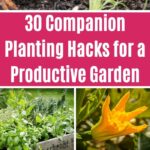


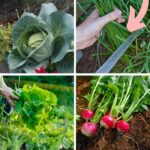

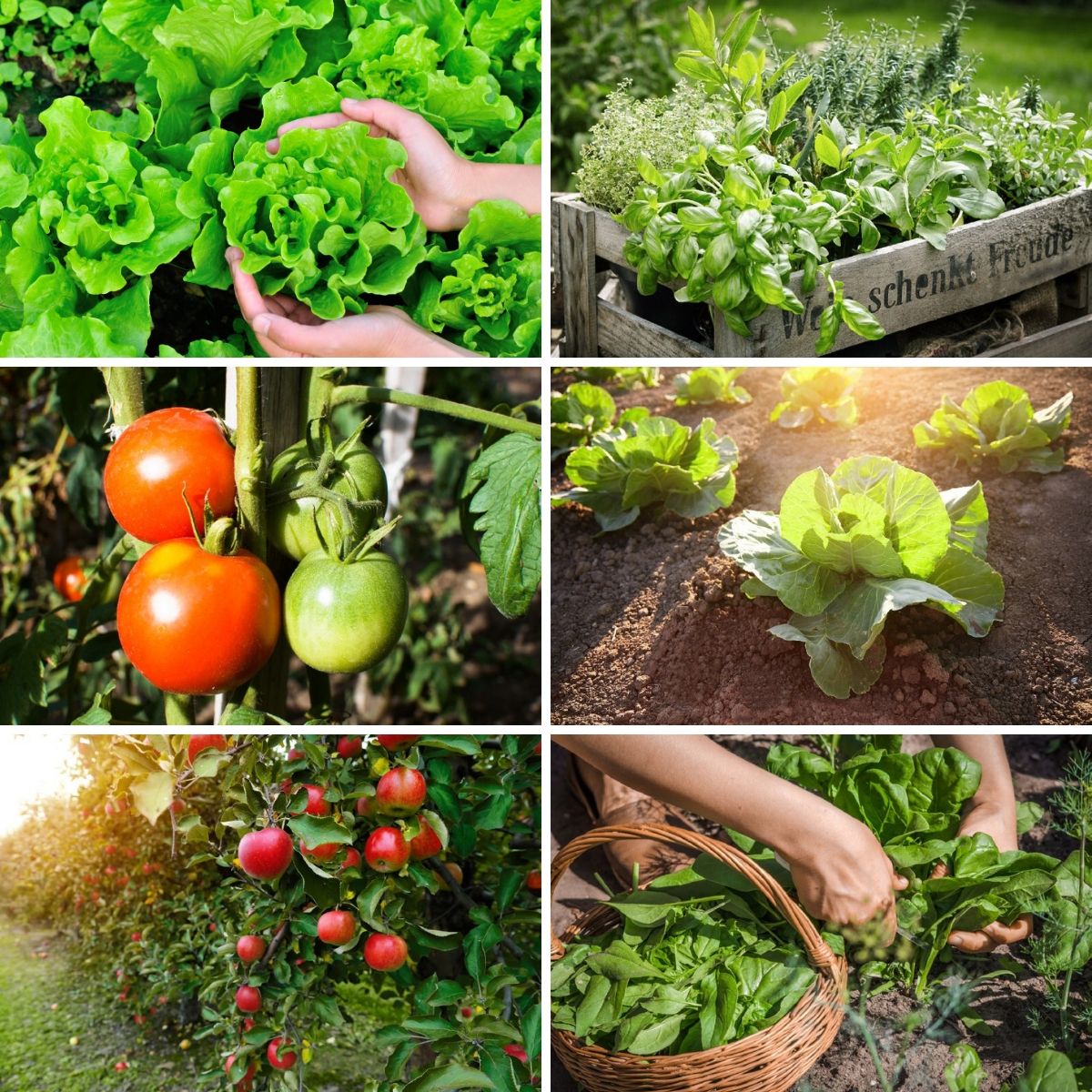
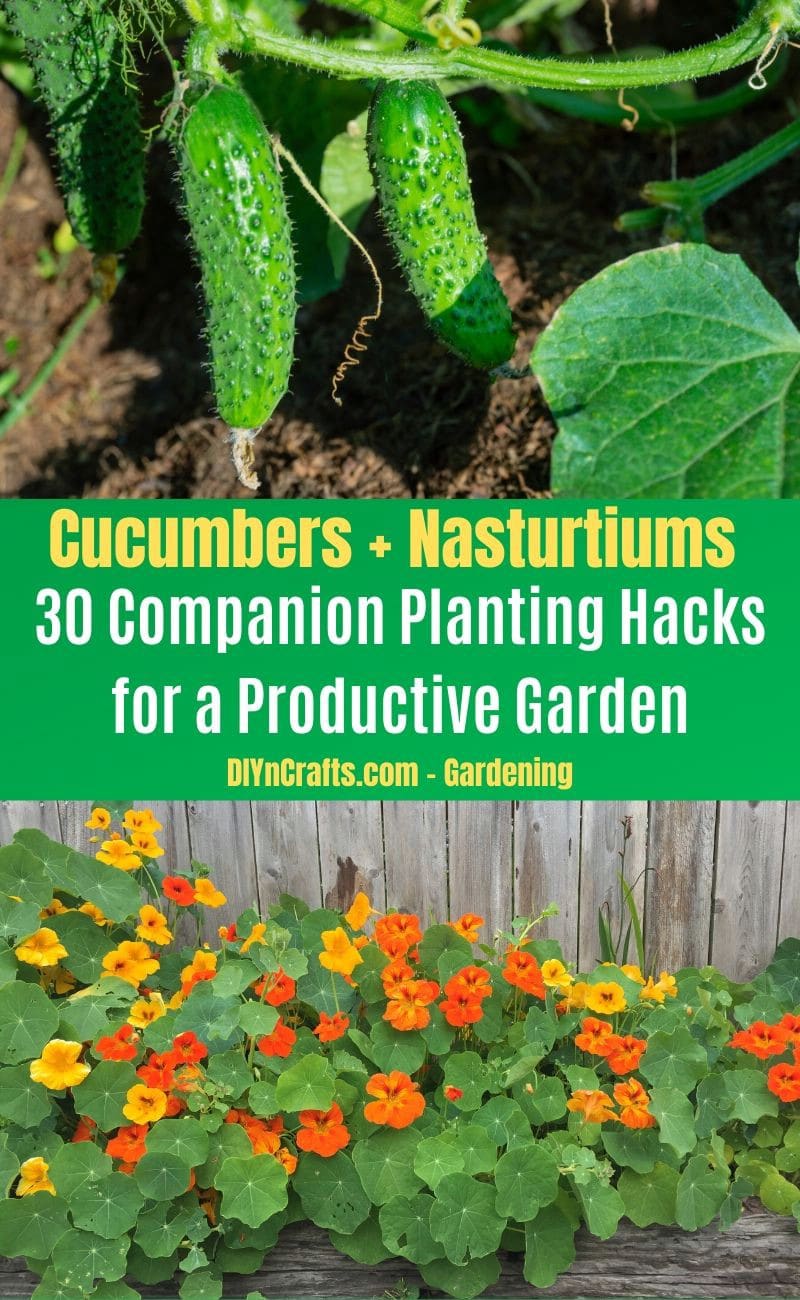
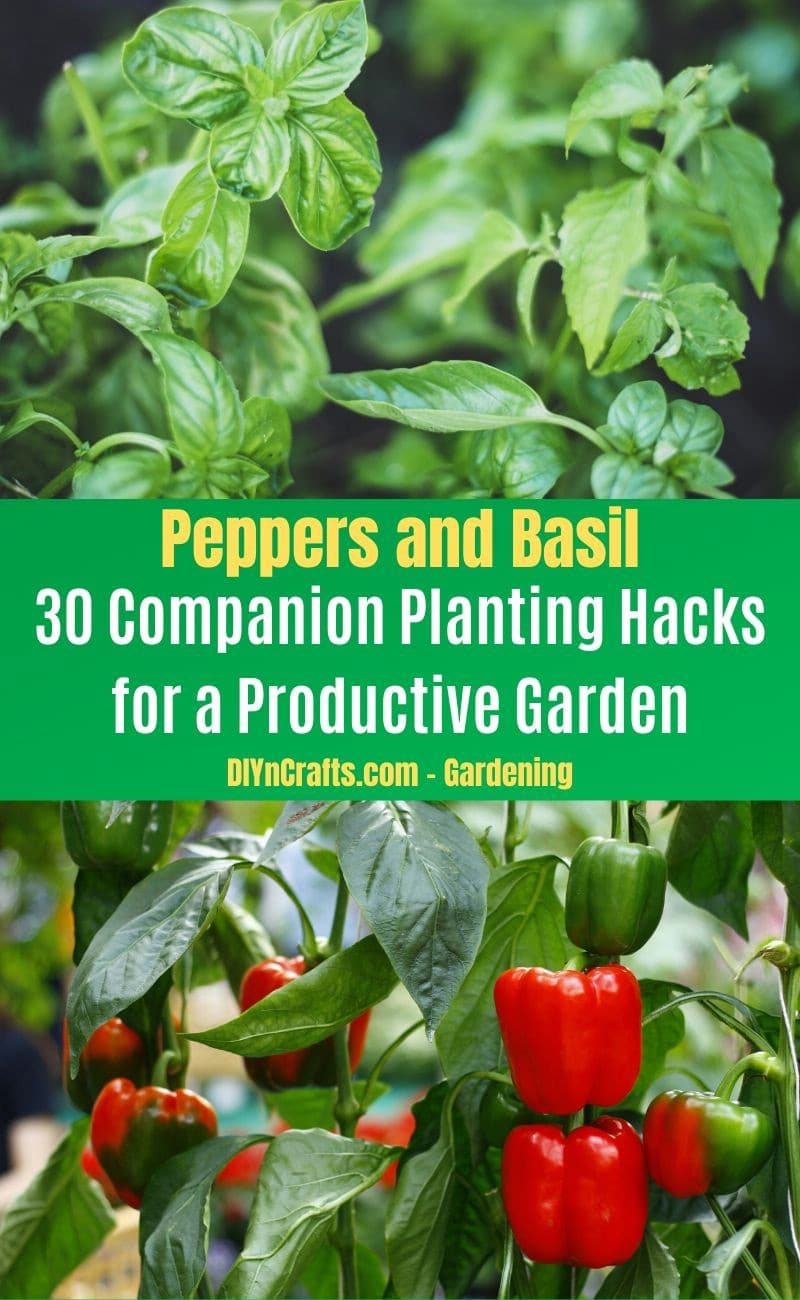
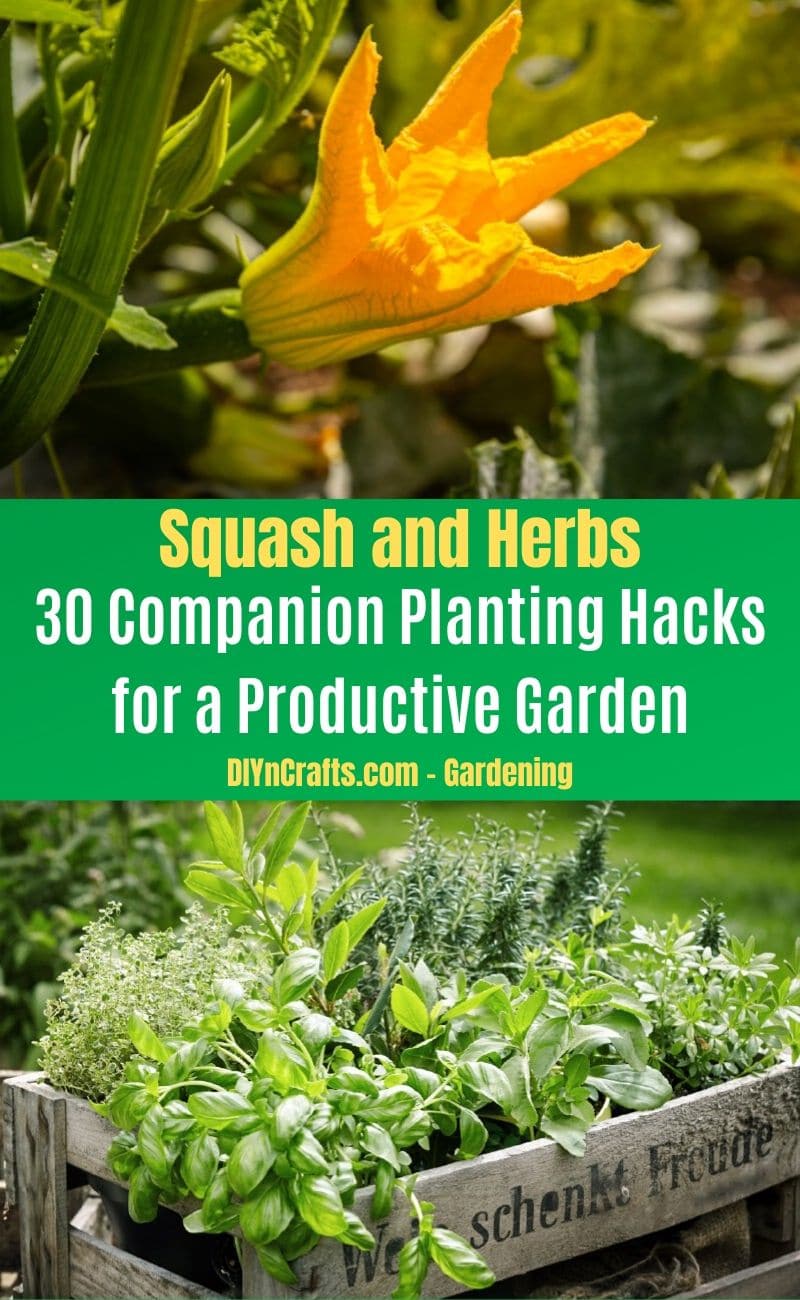
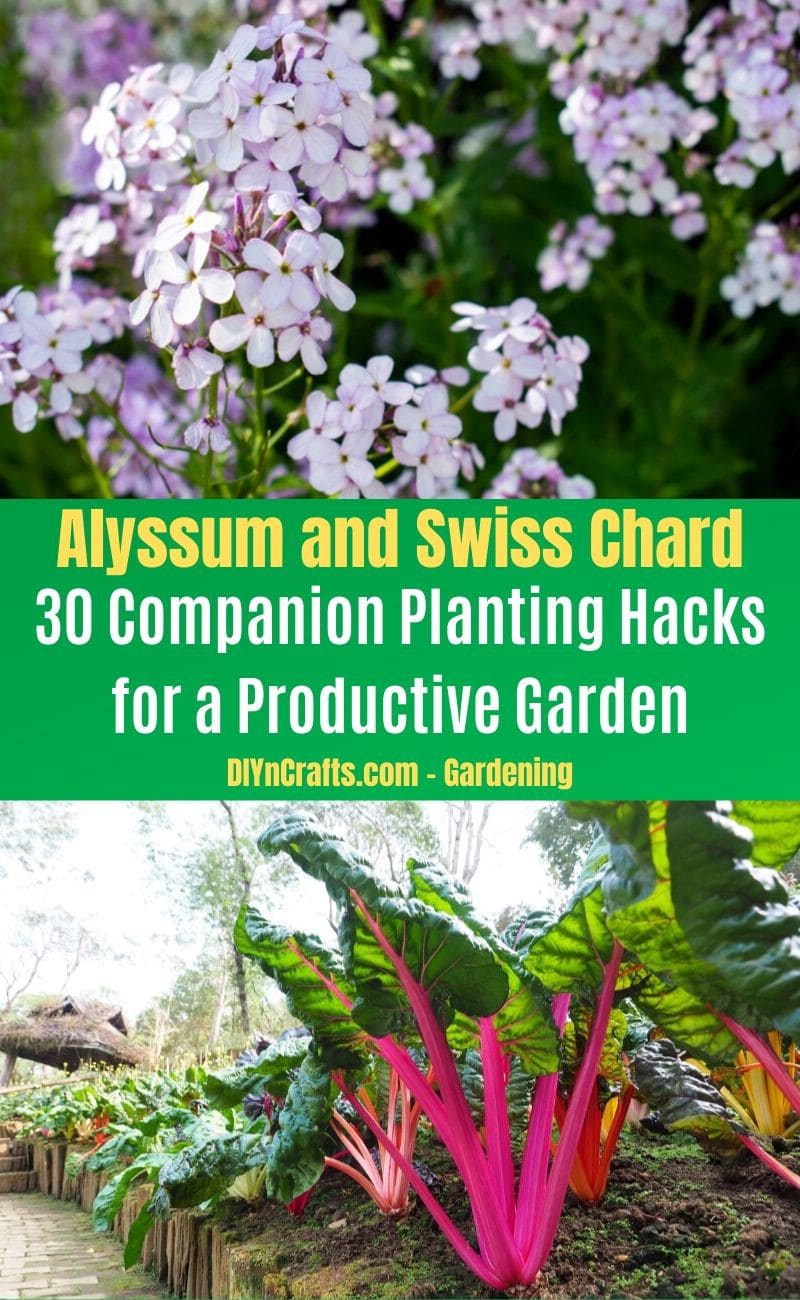
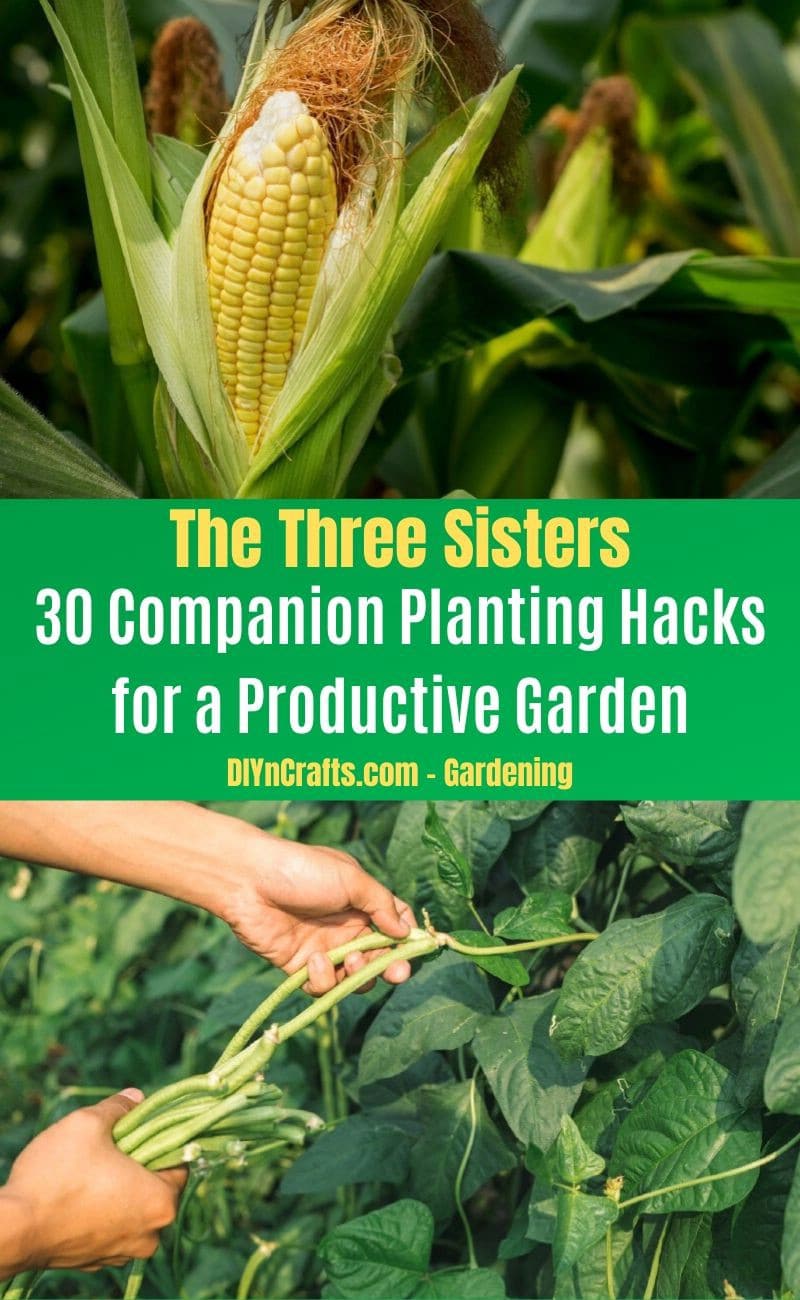
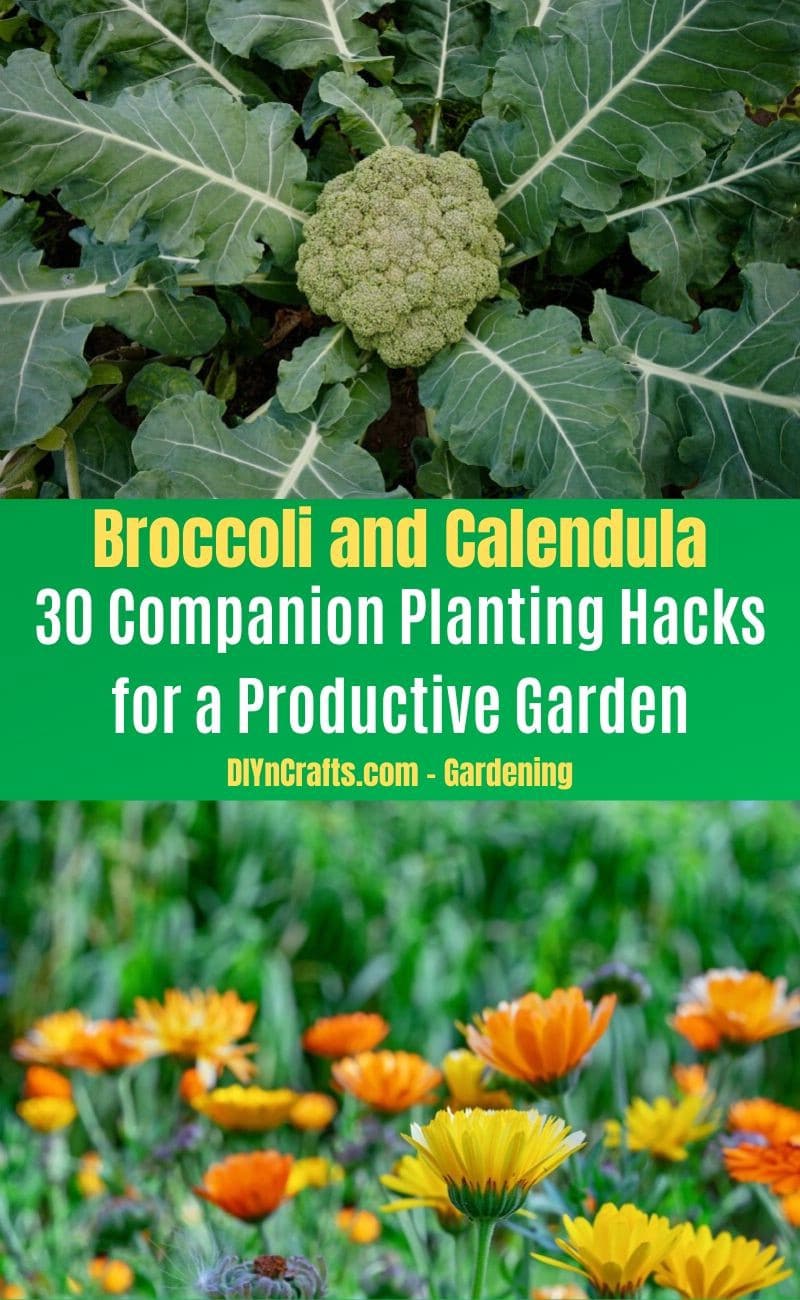
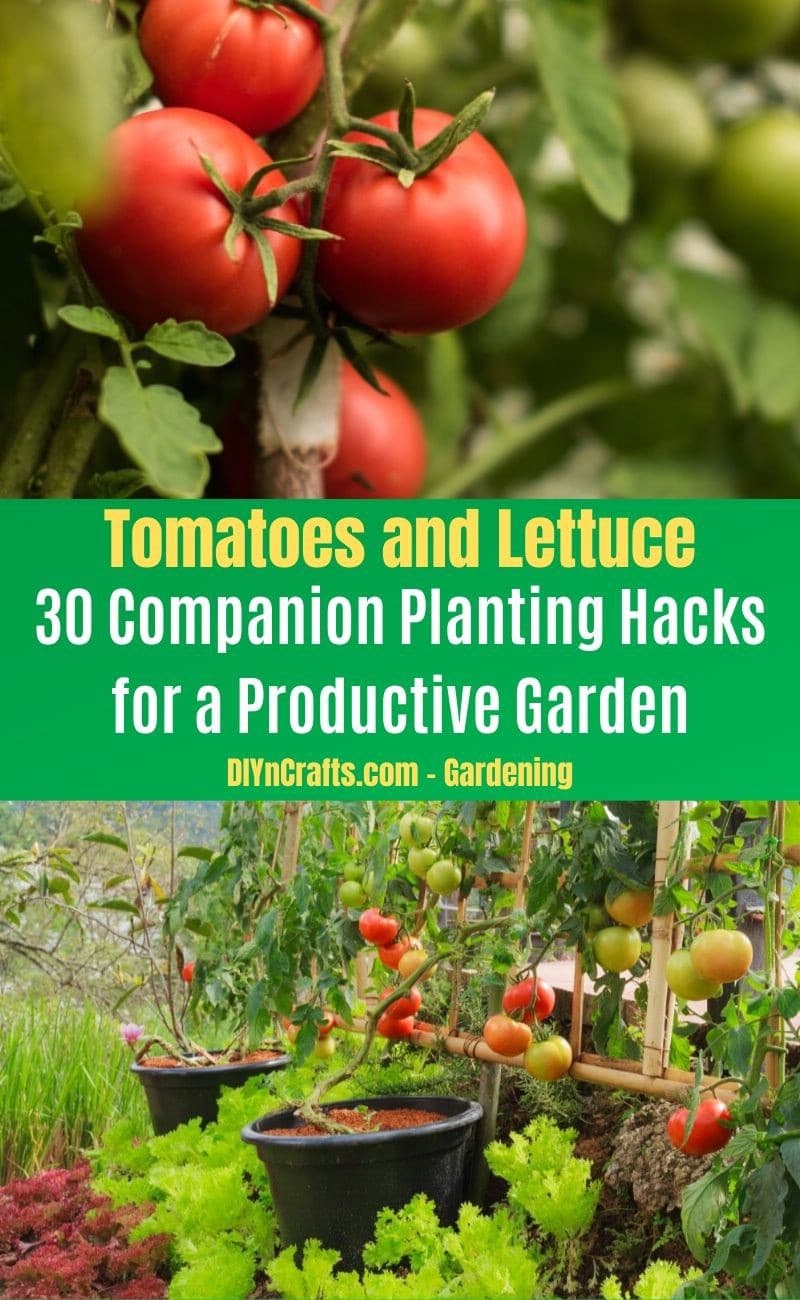
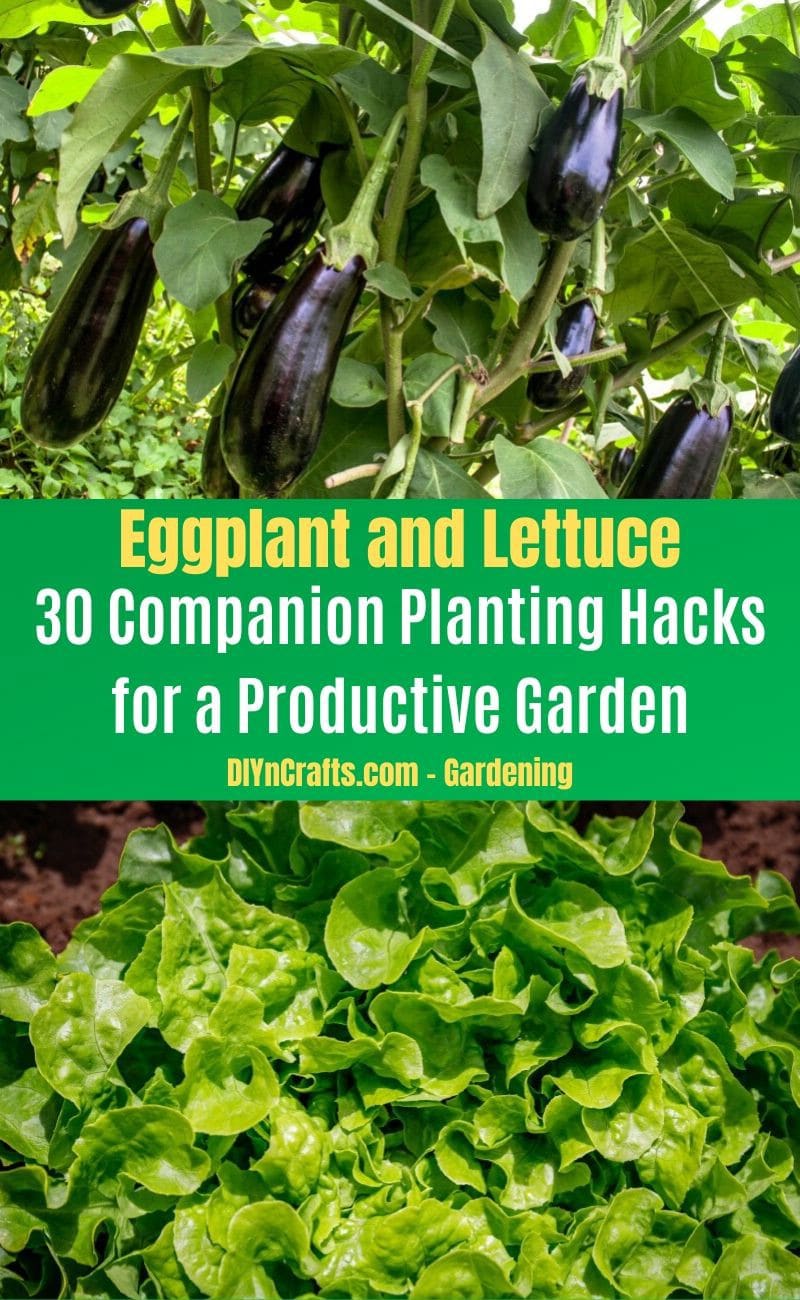
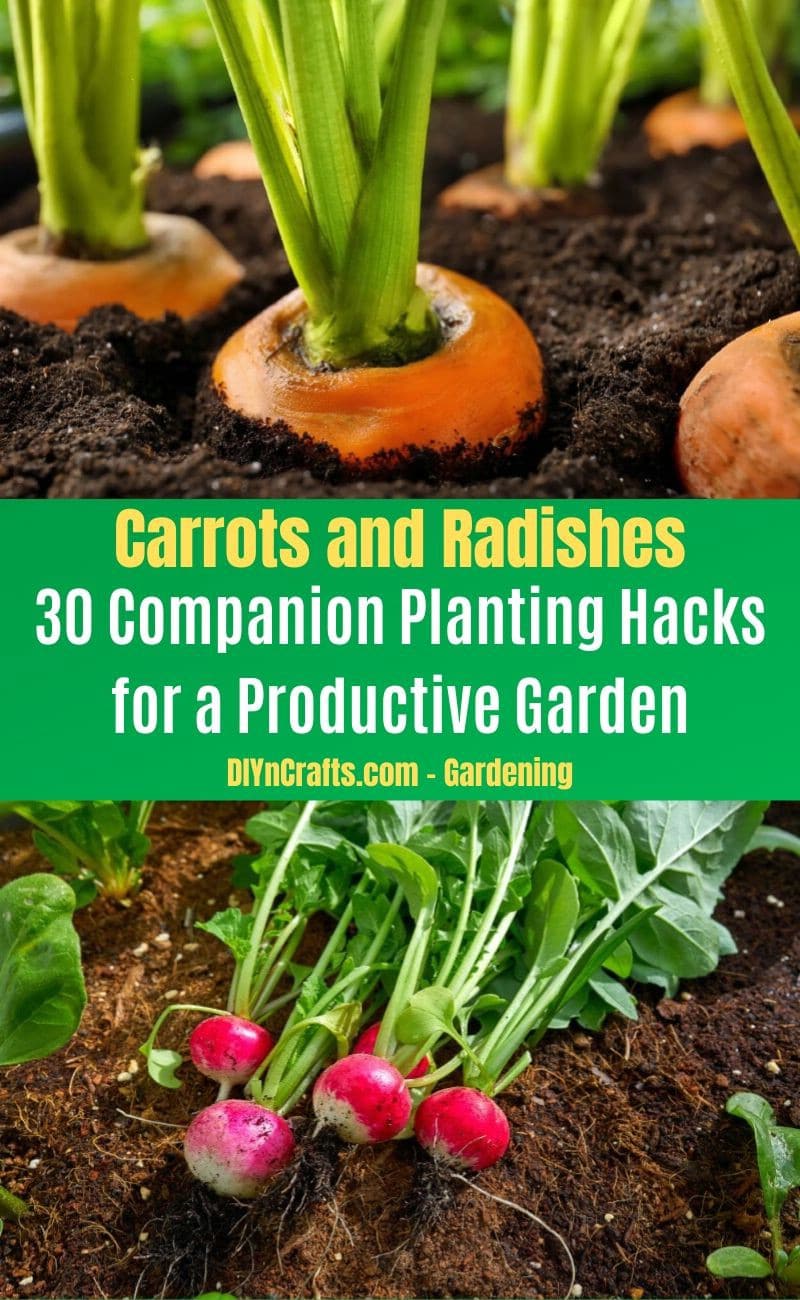
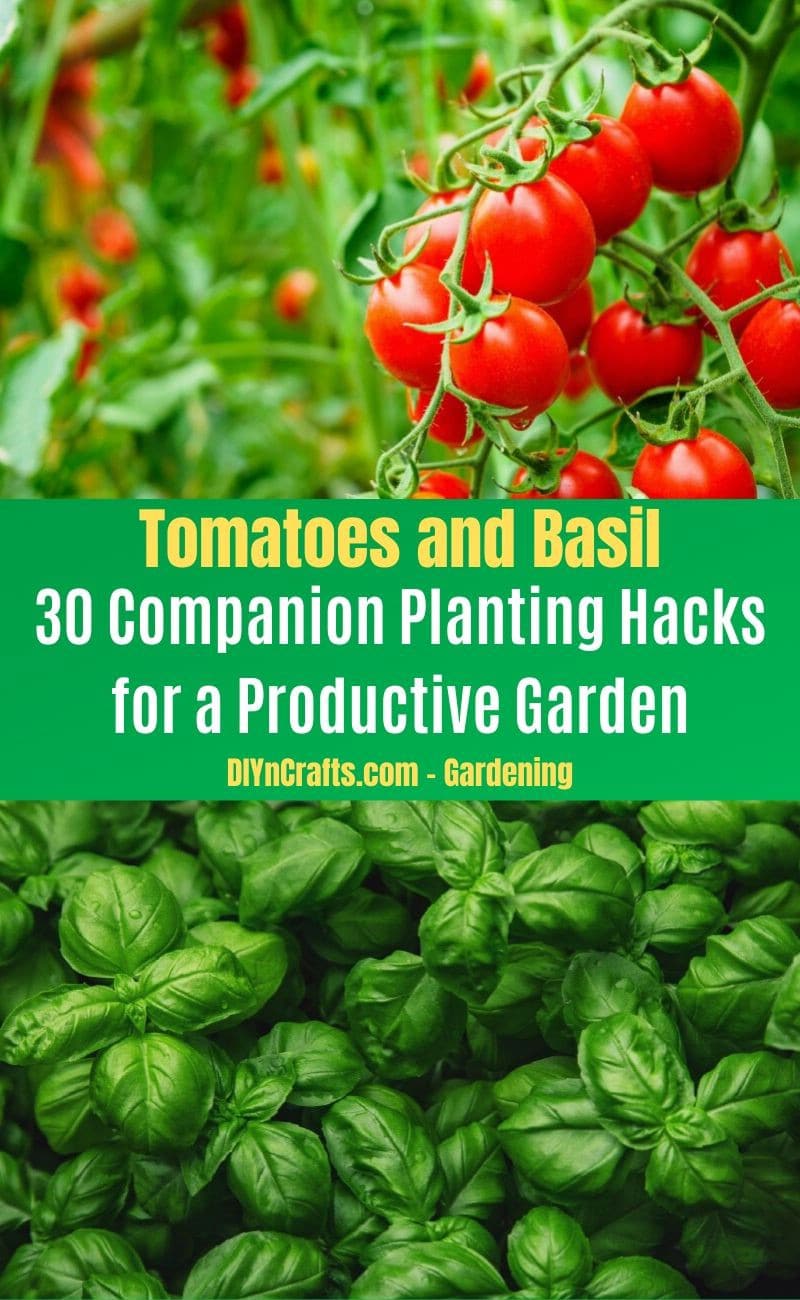
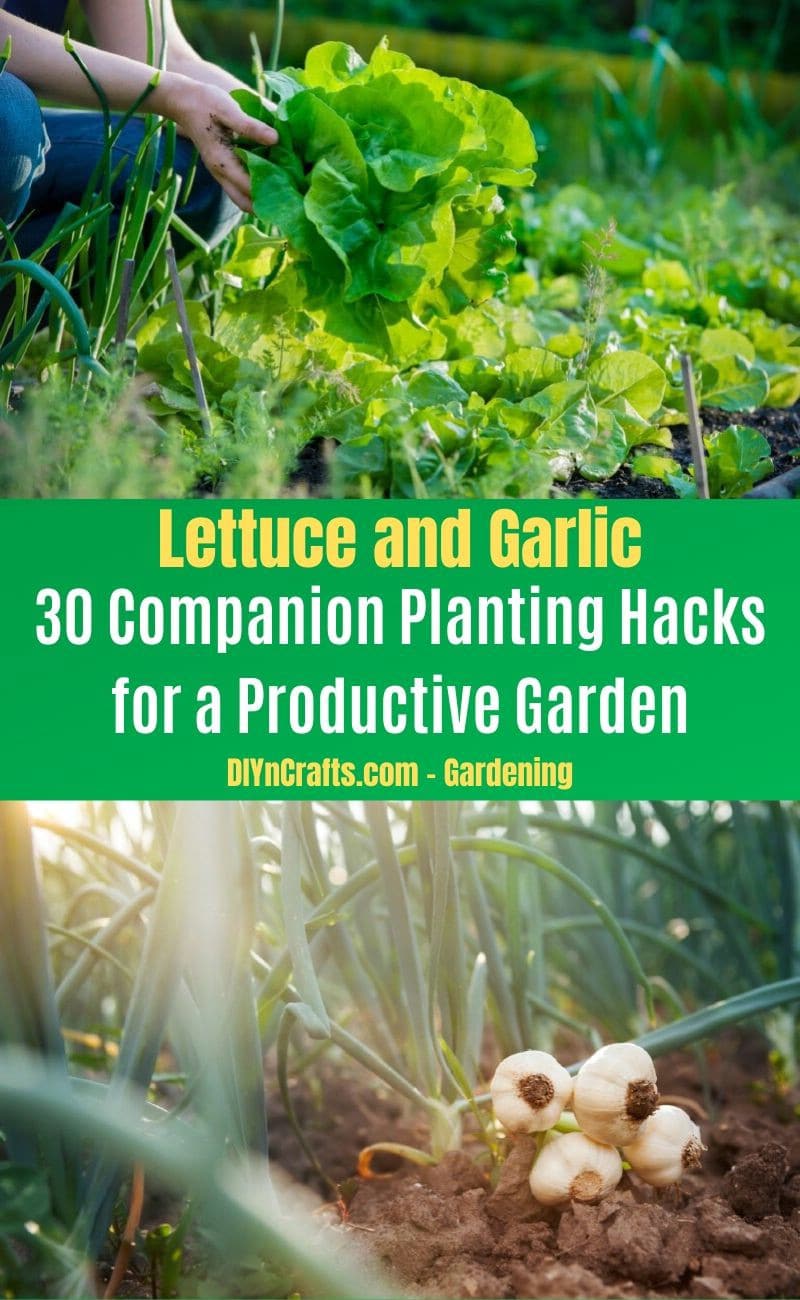
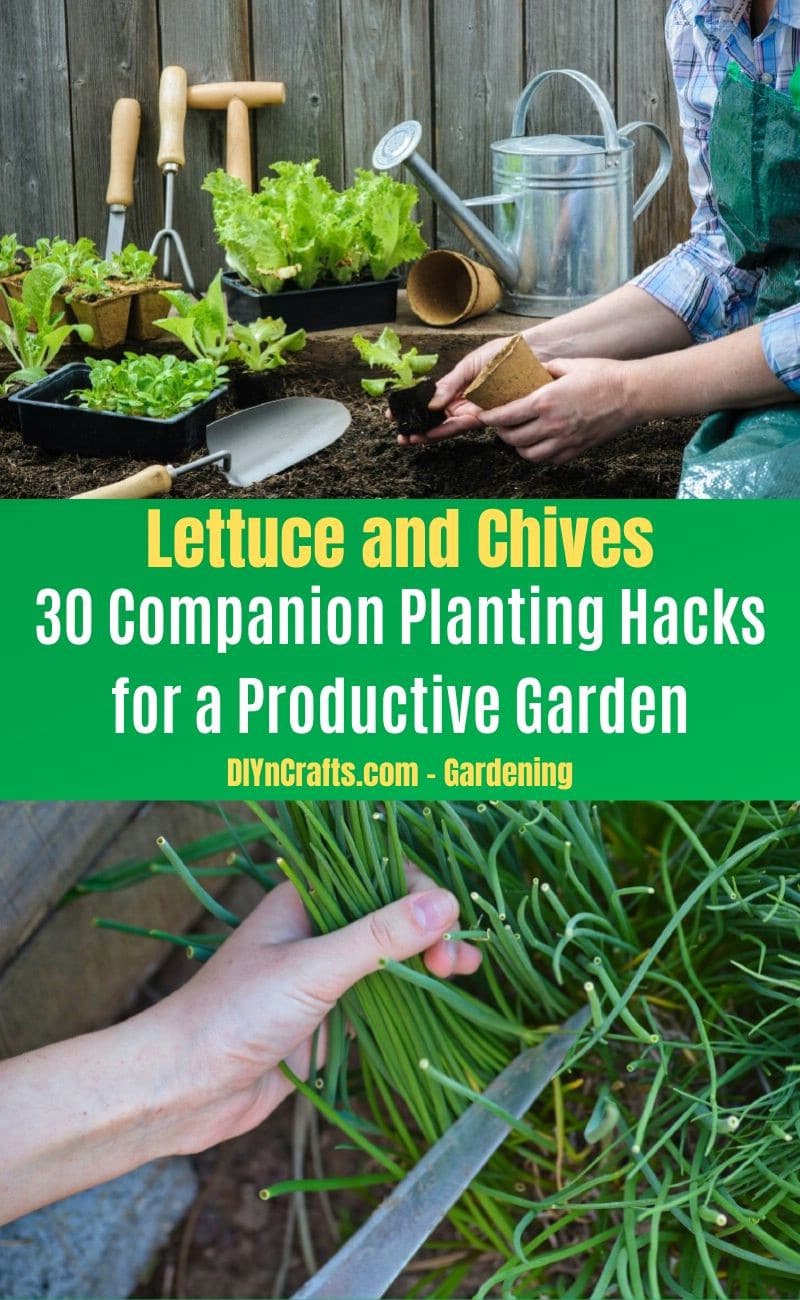
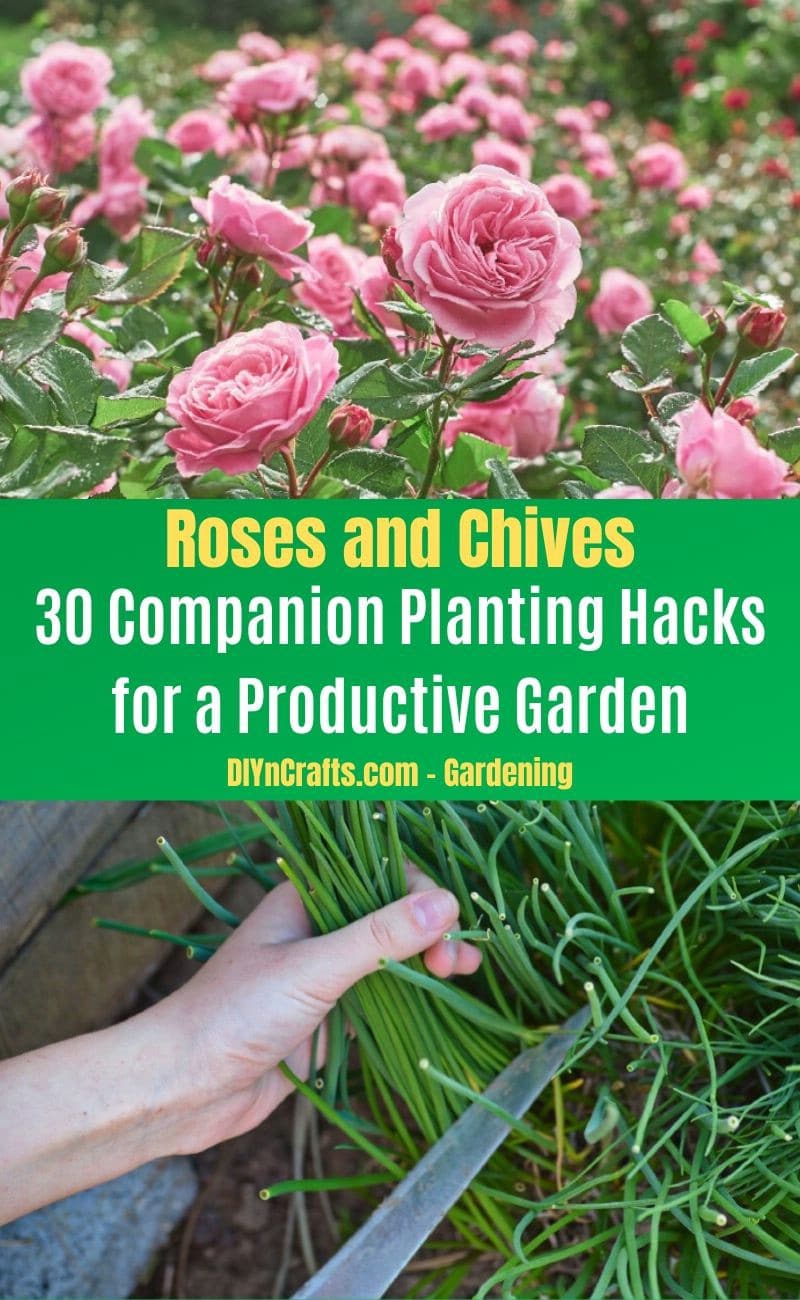
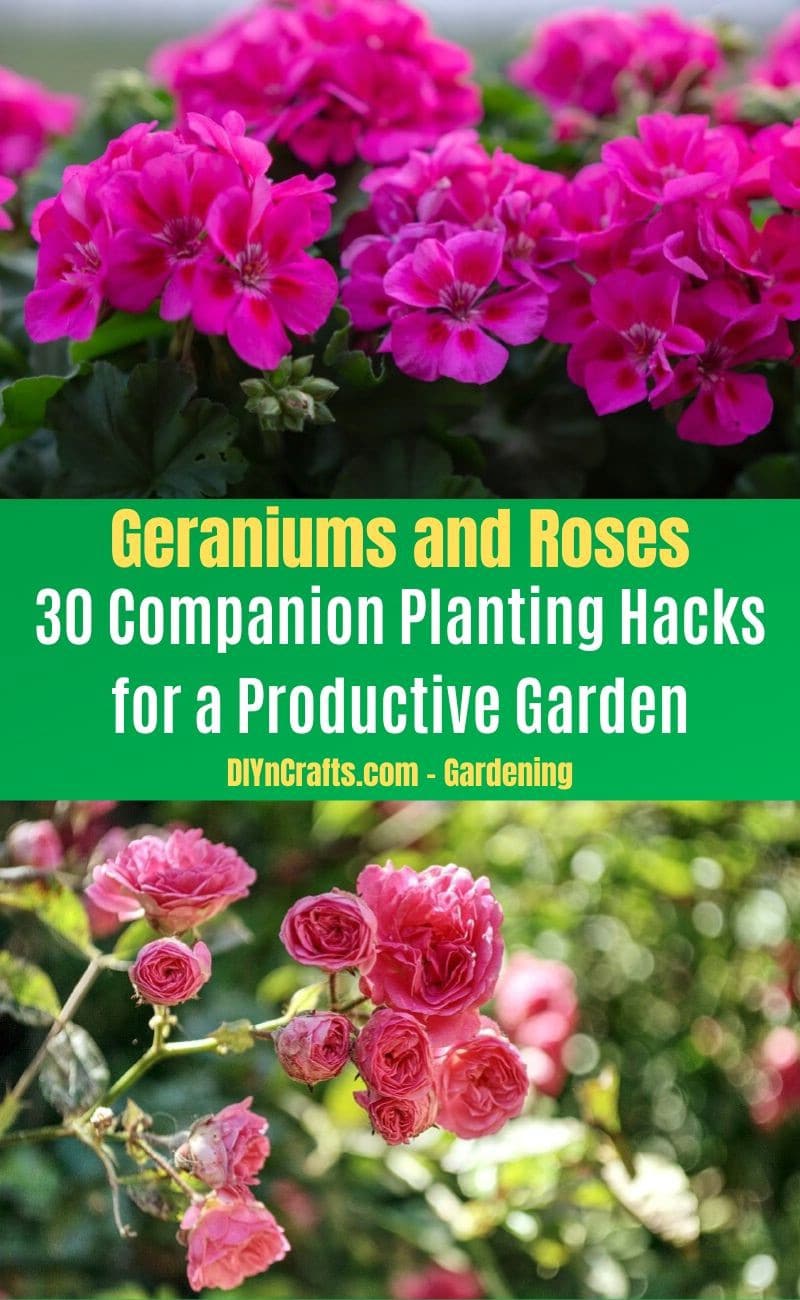
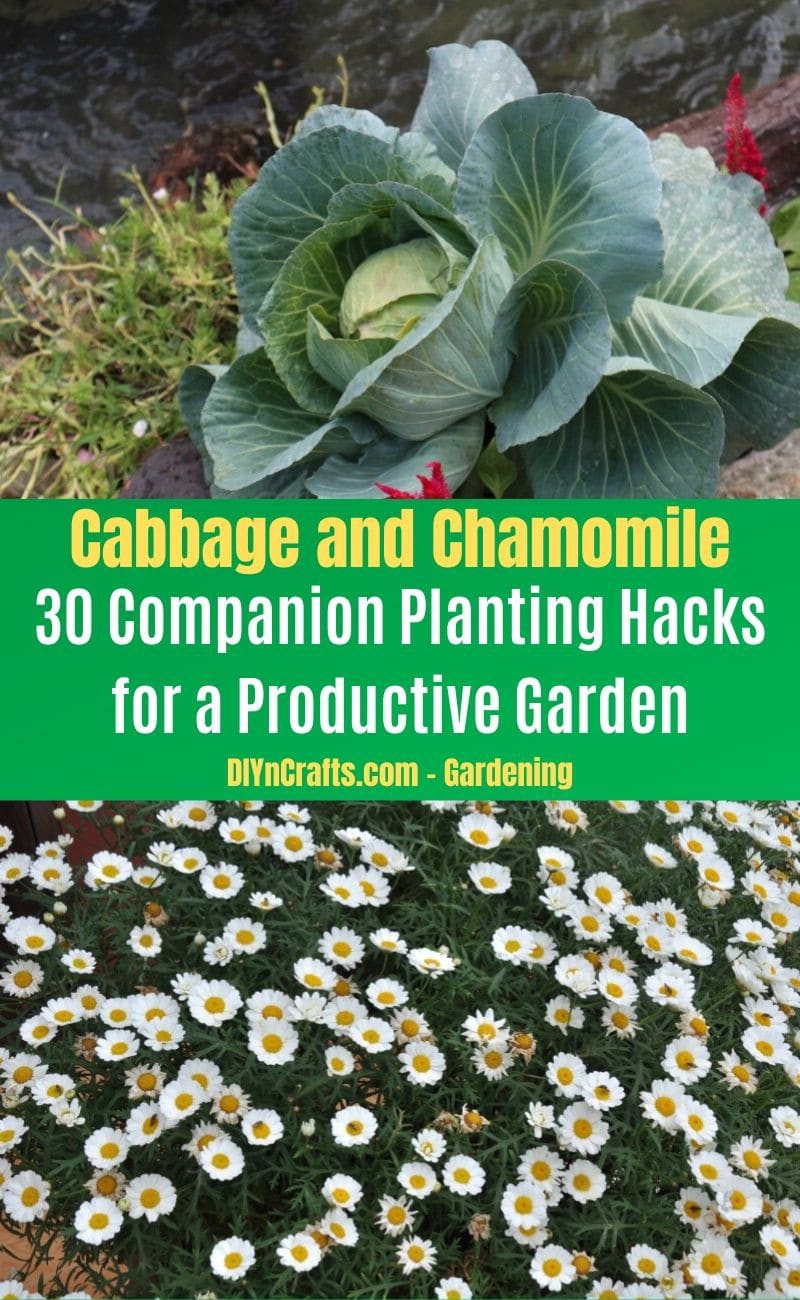
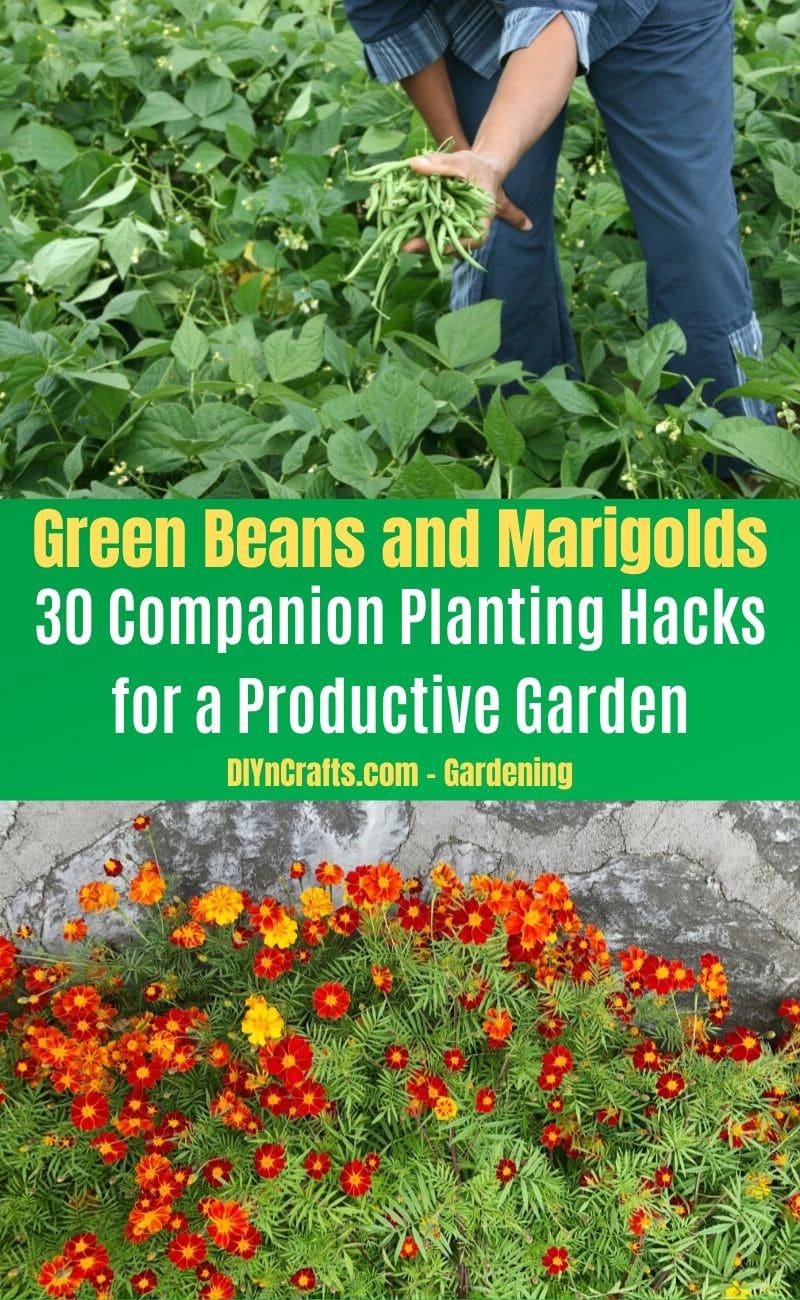
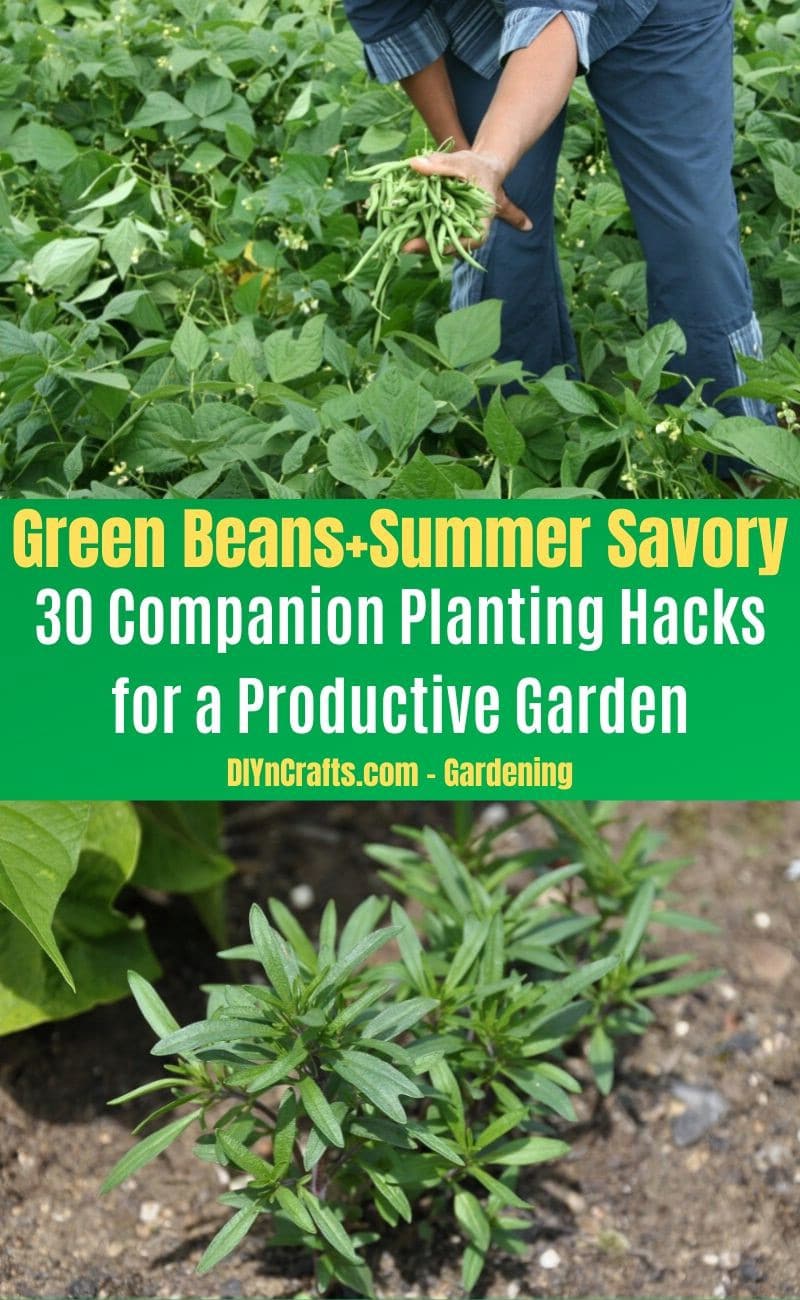
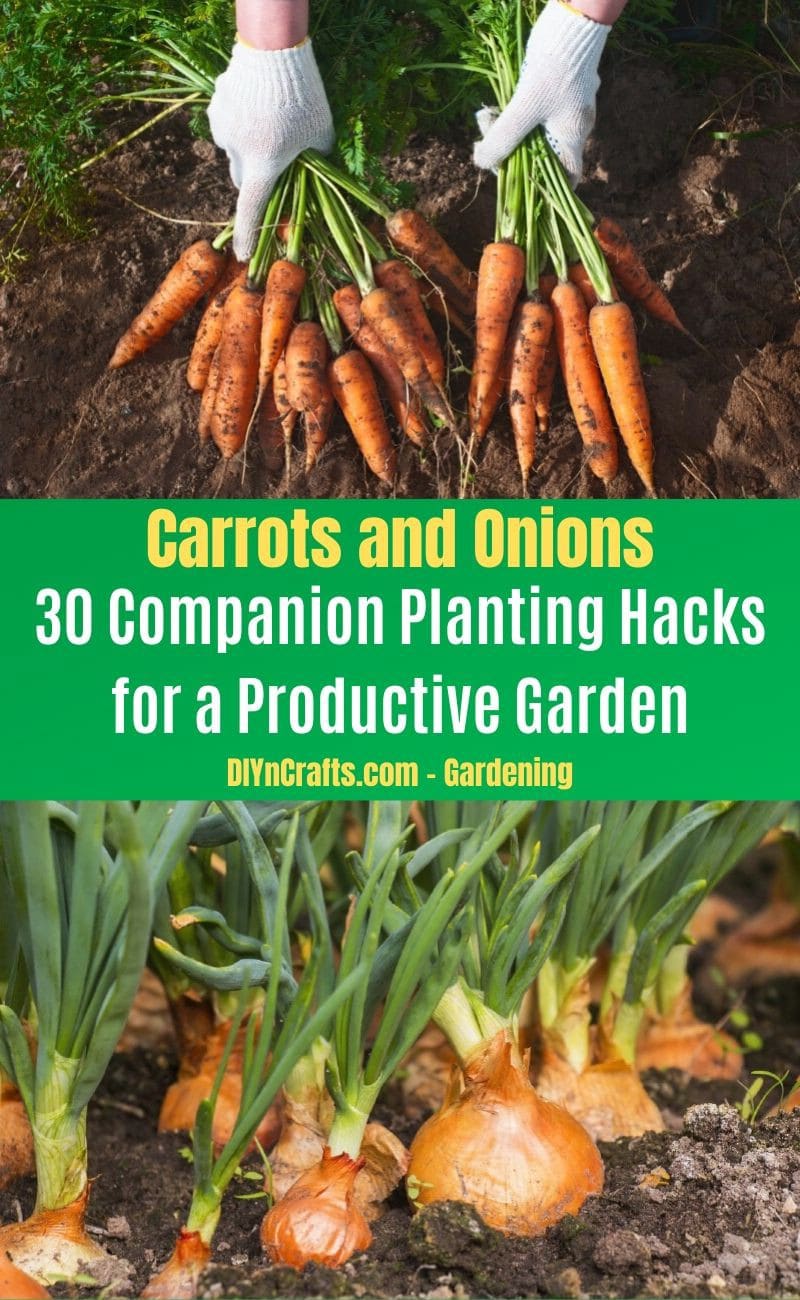
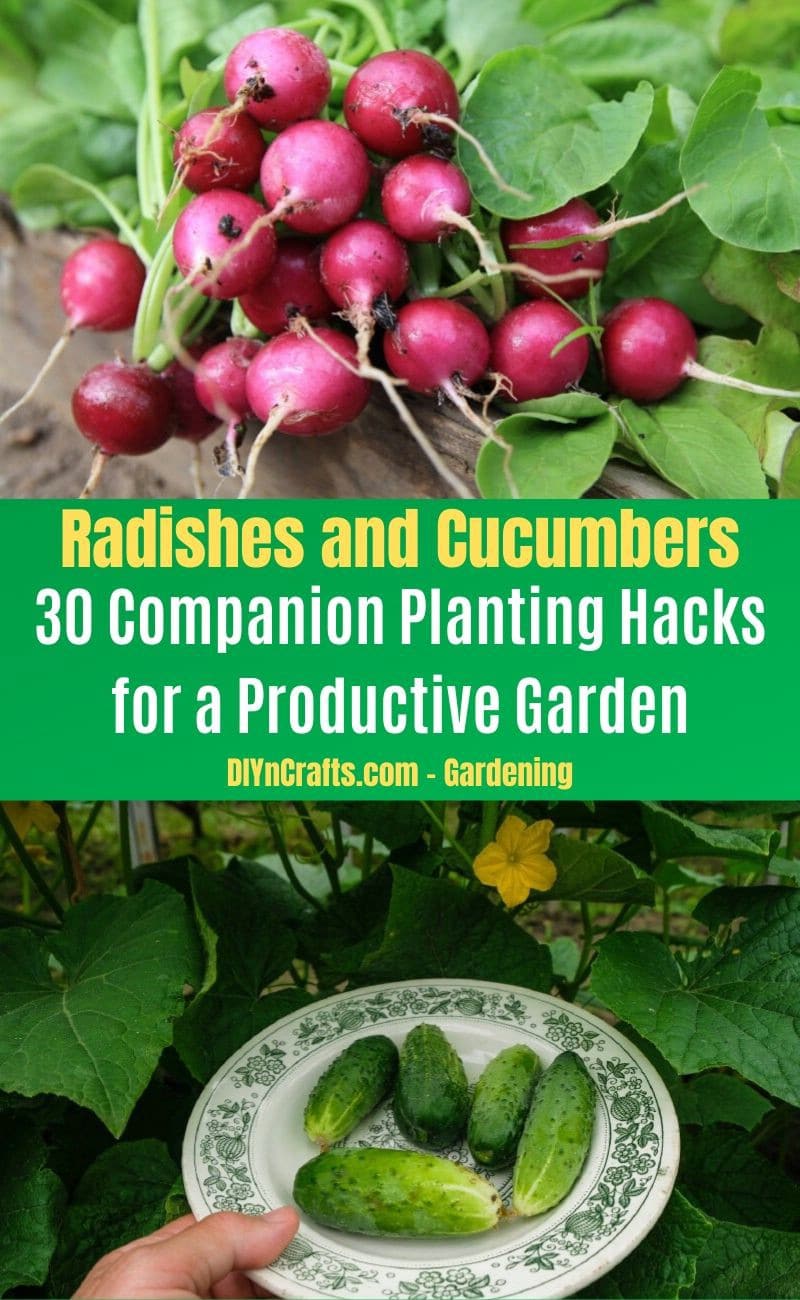
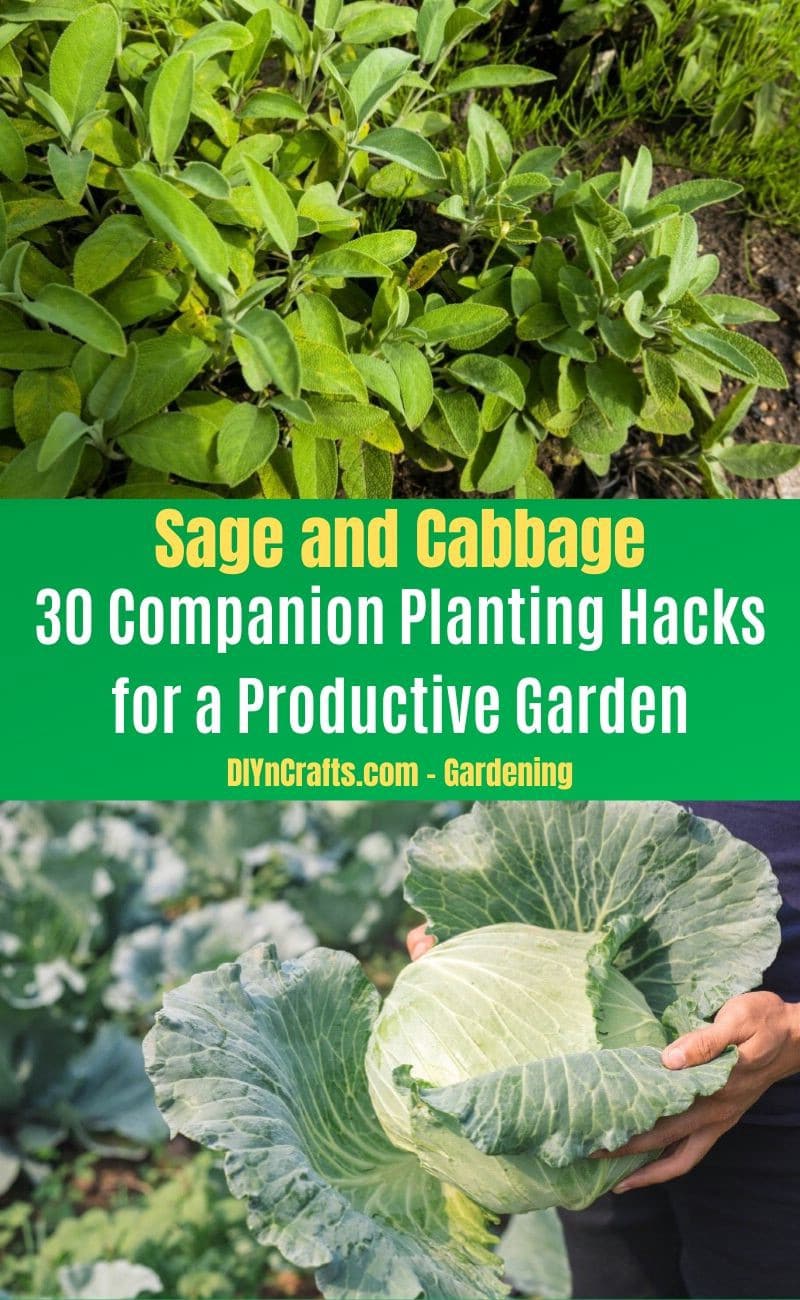
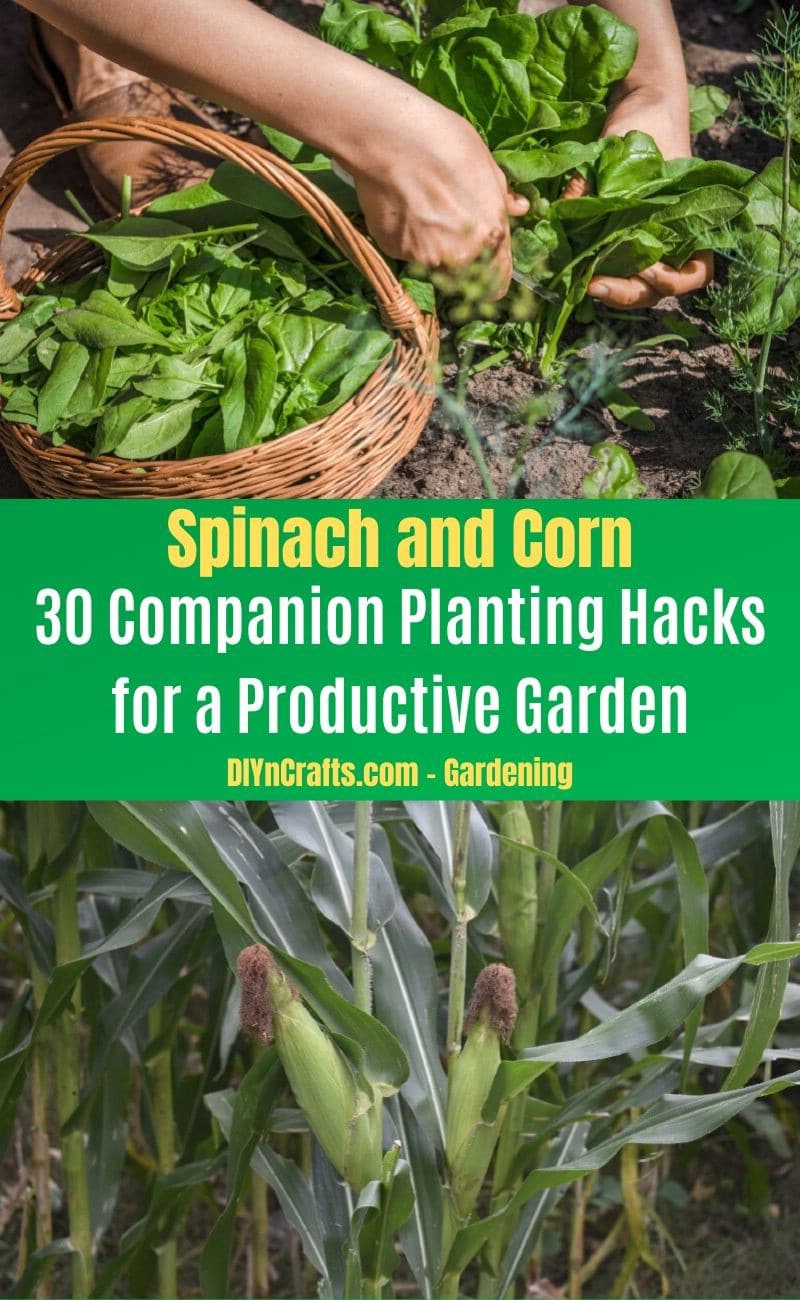
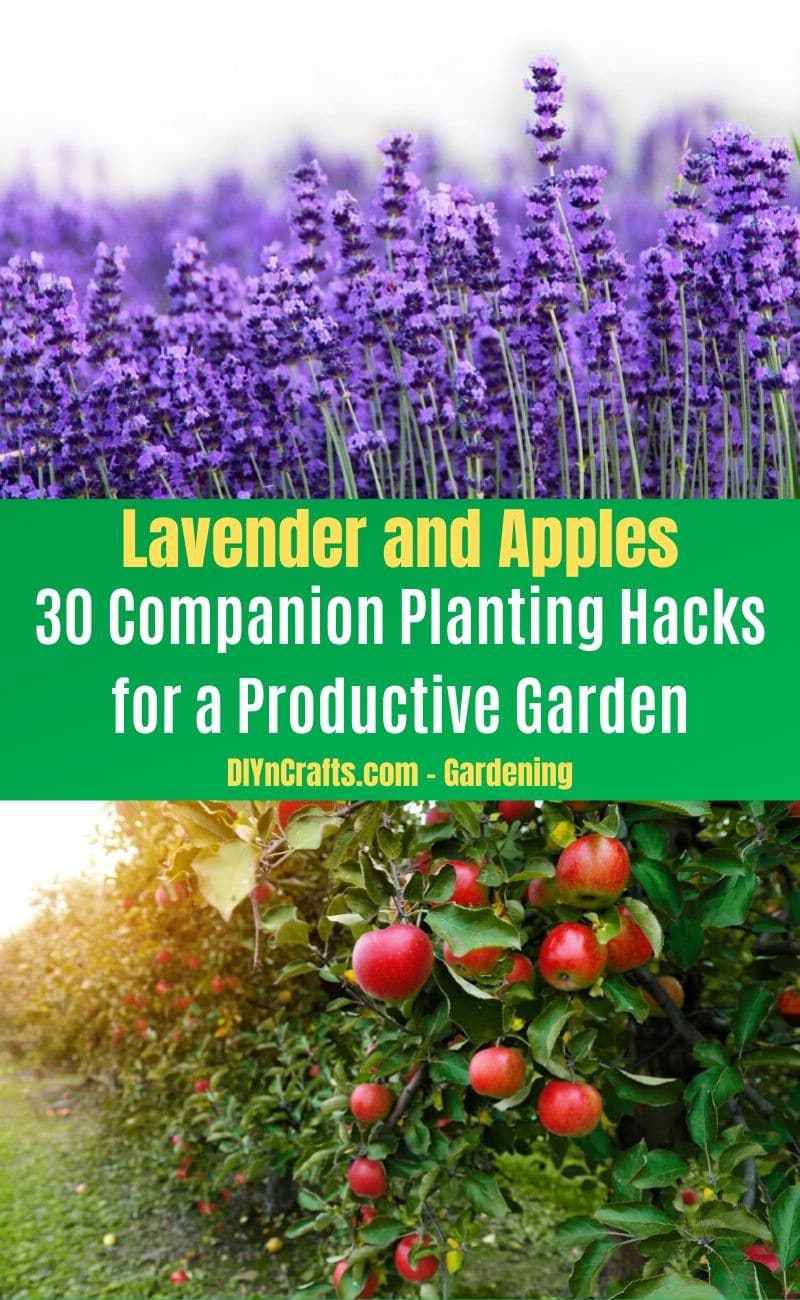
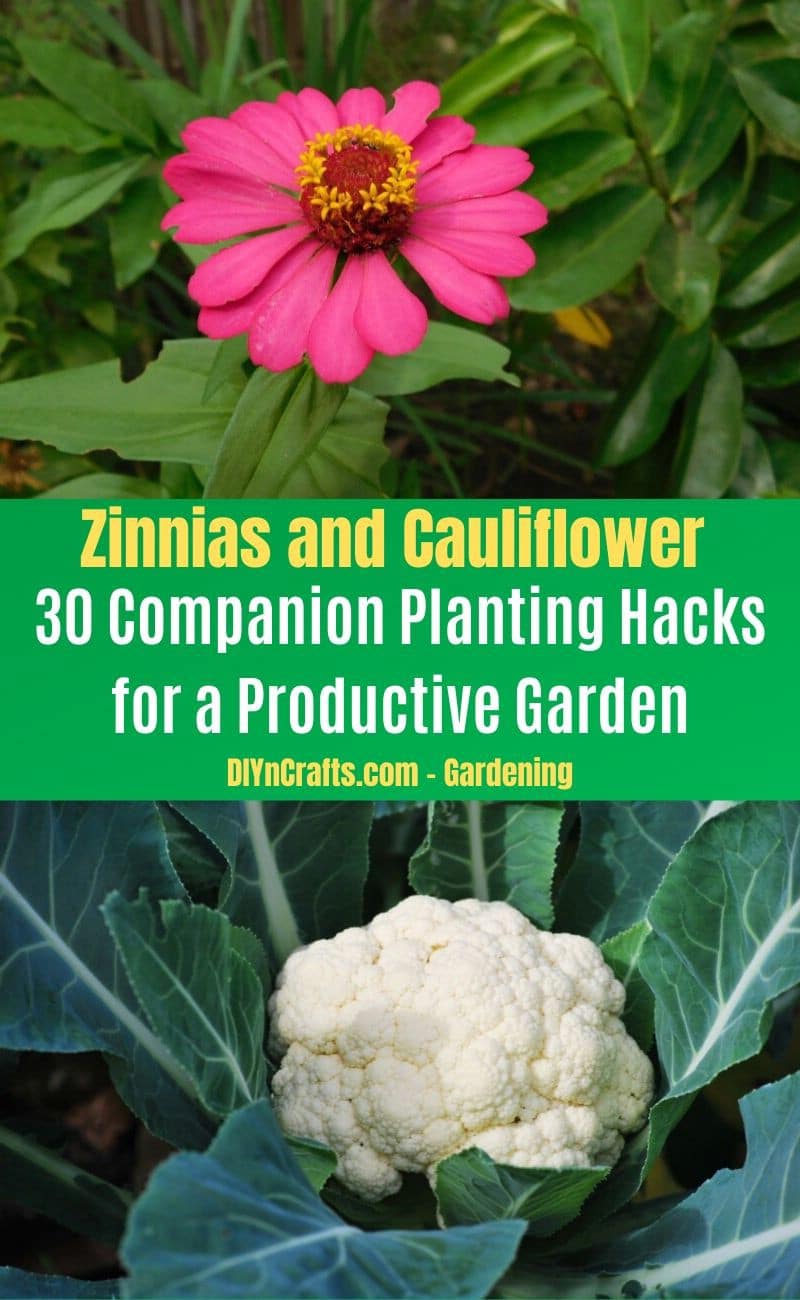
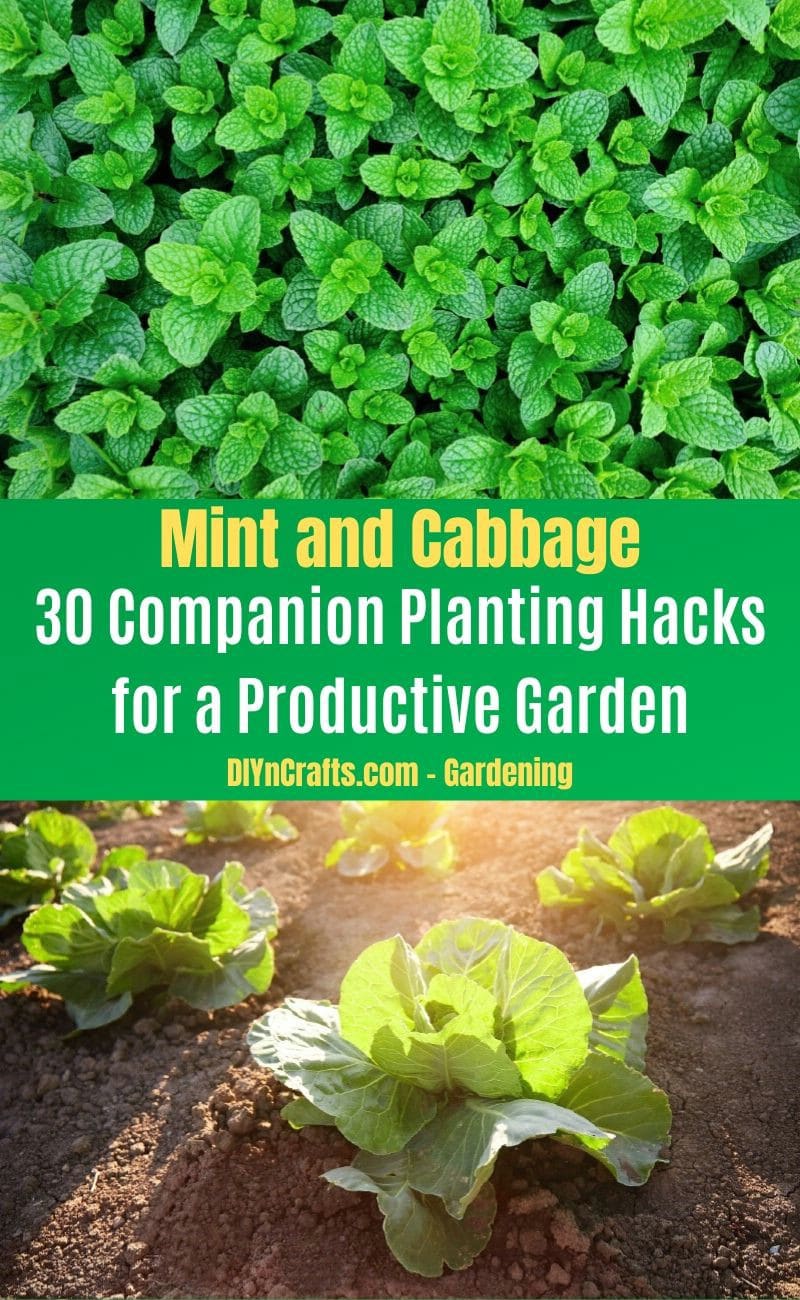
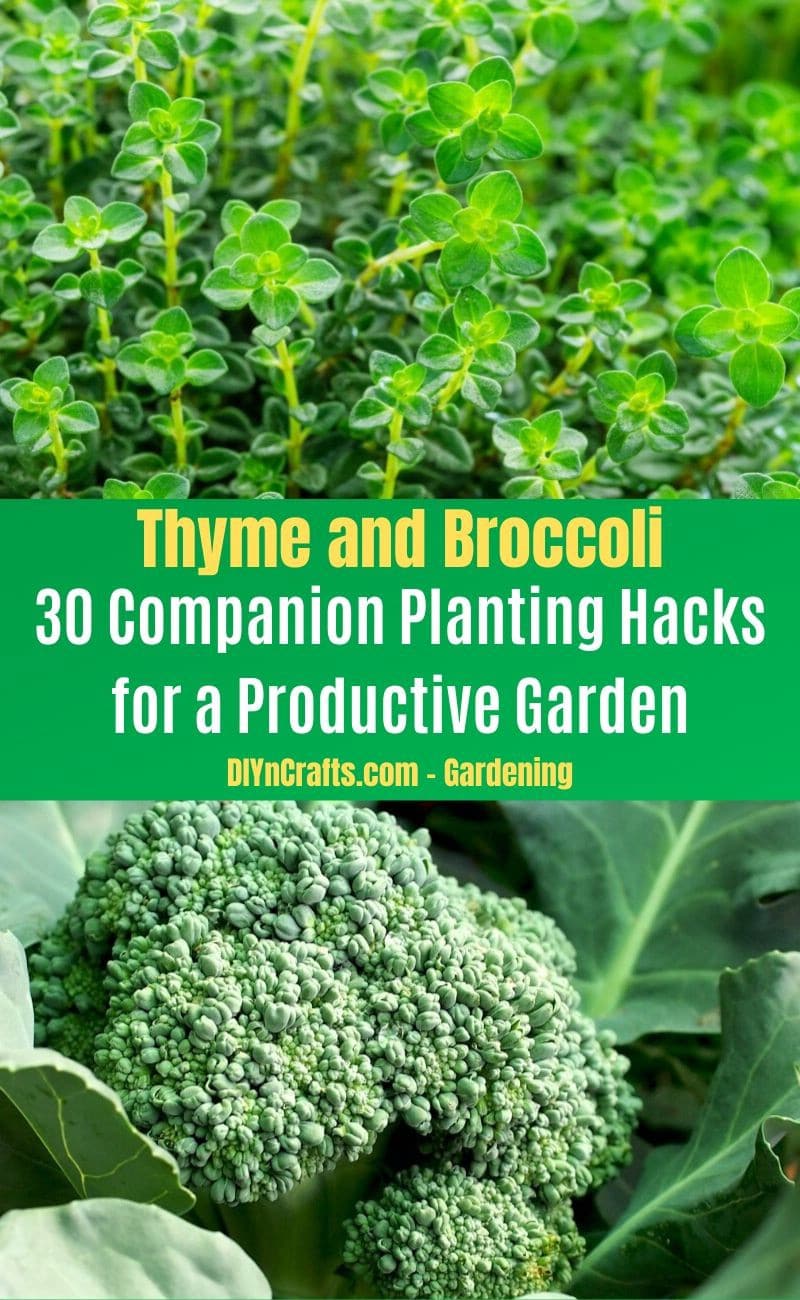
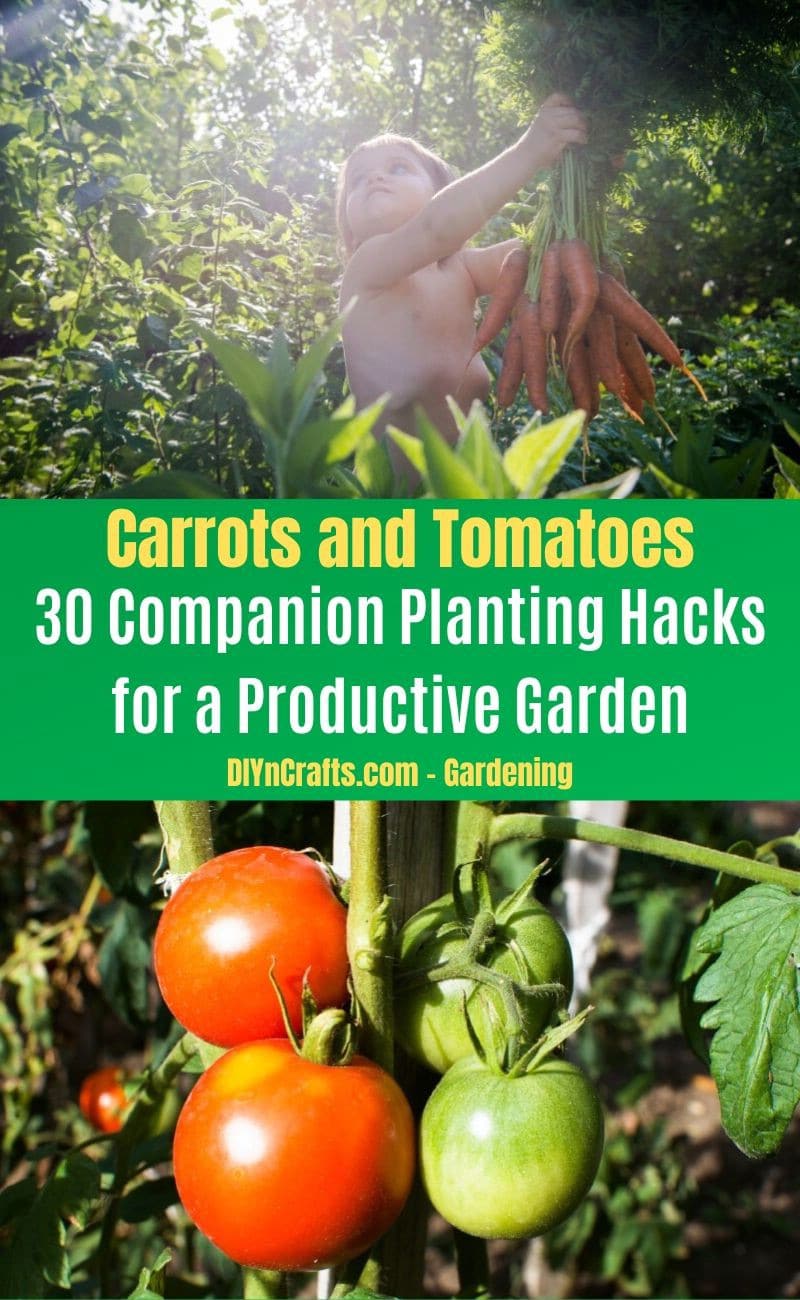
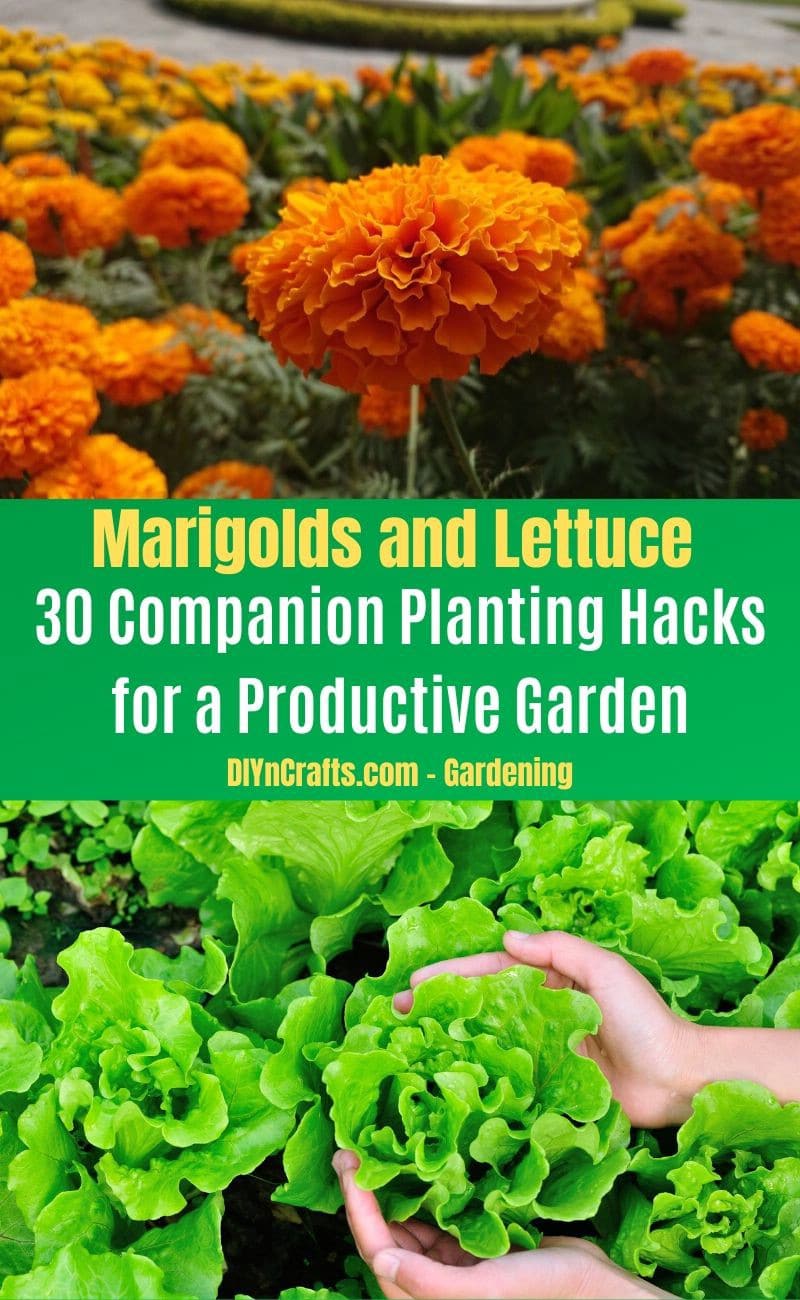
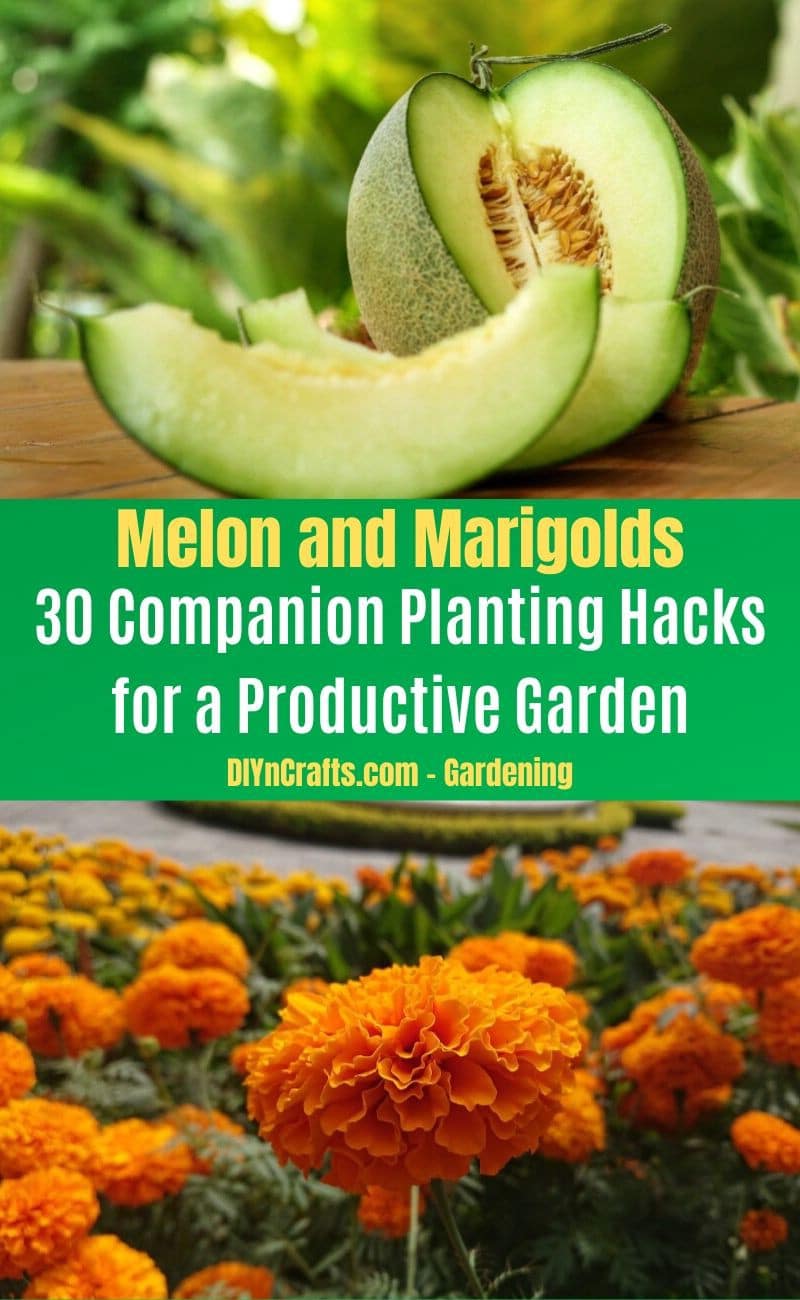
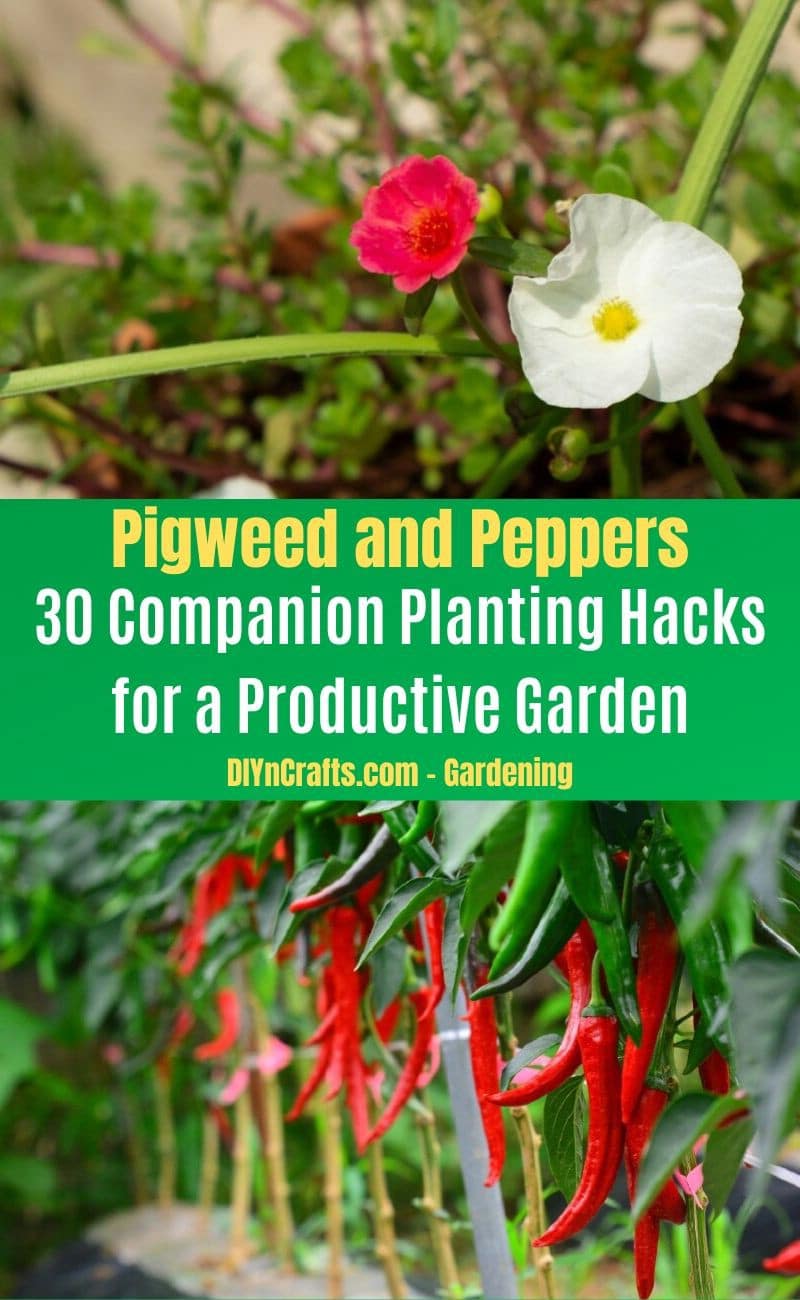
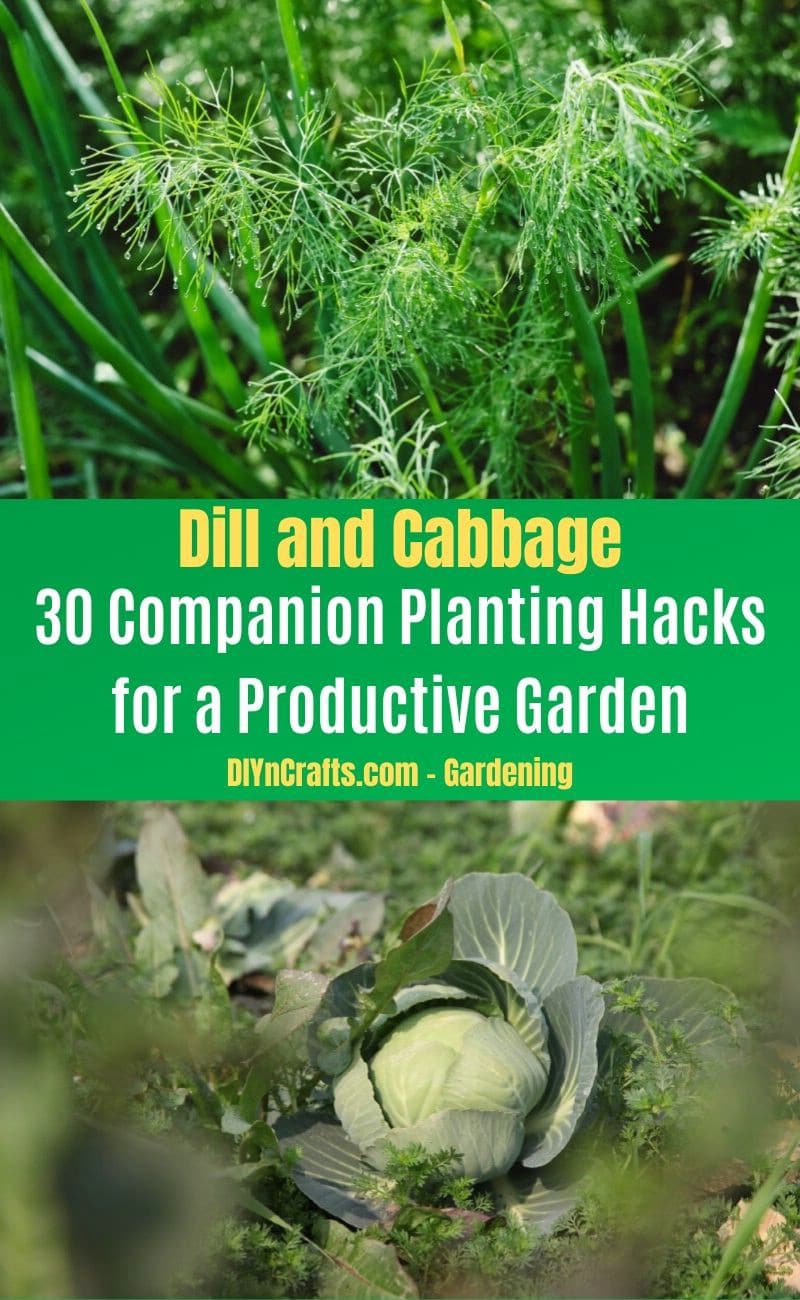


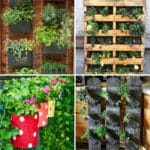

Leave a Reply